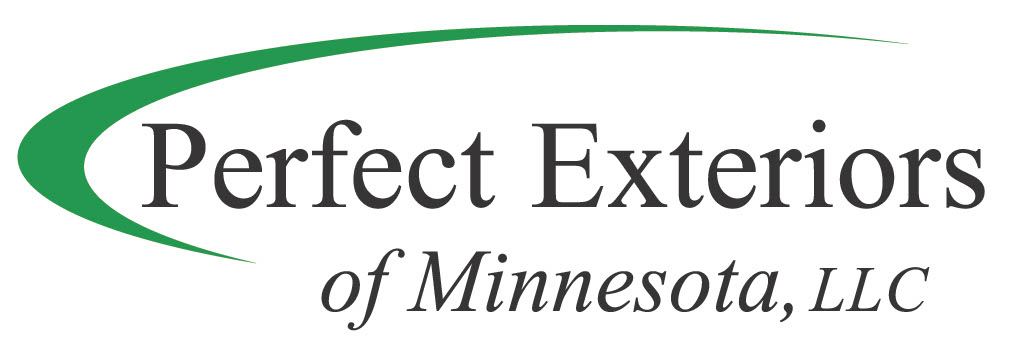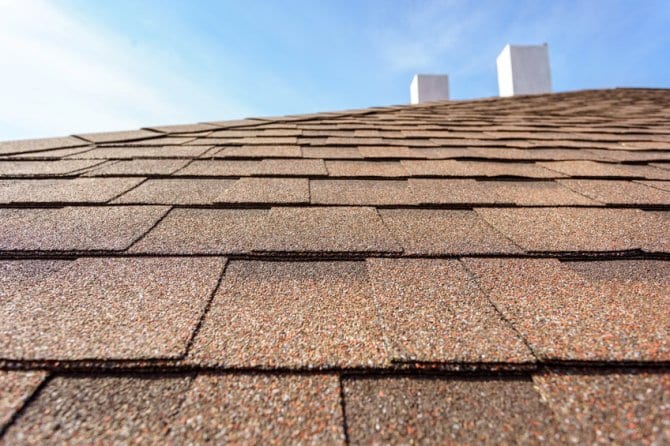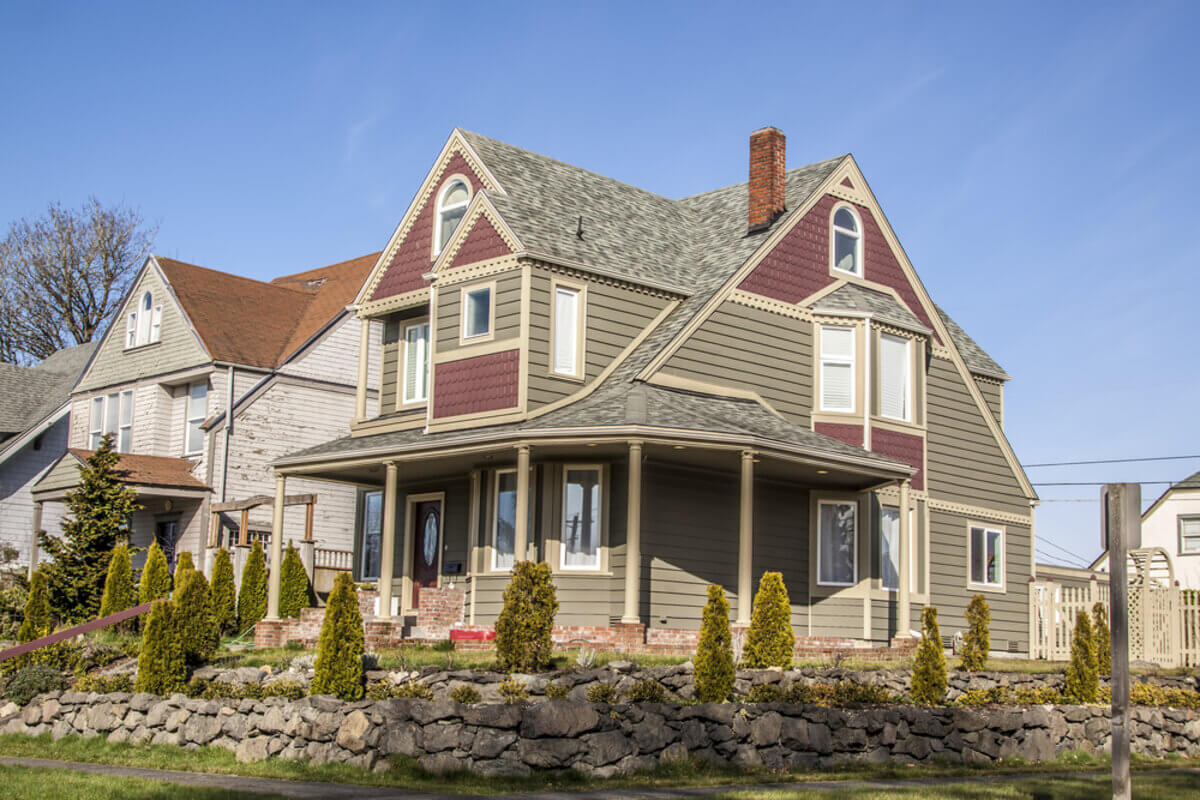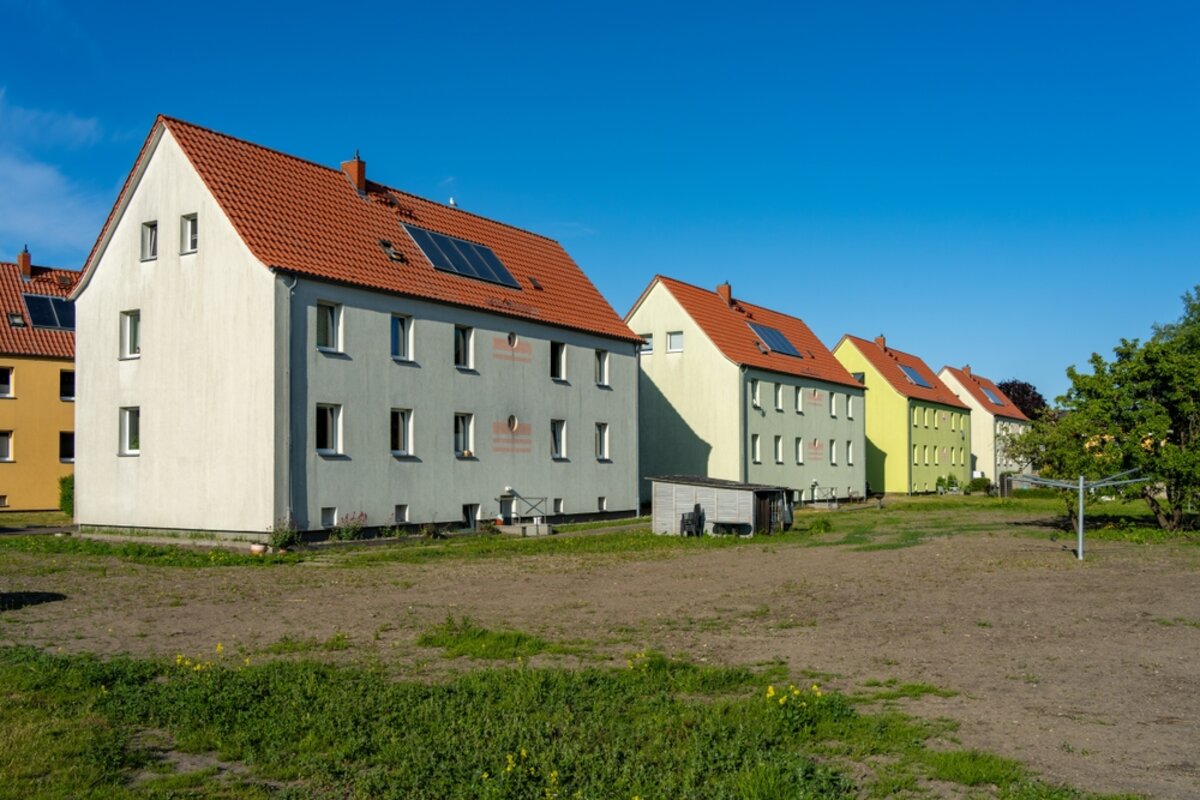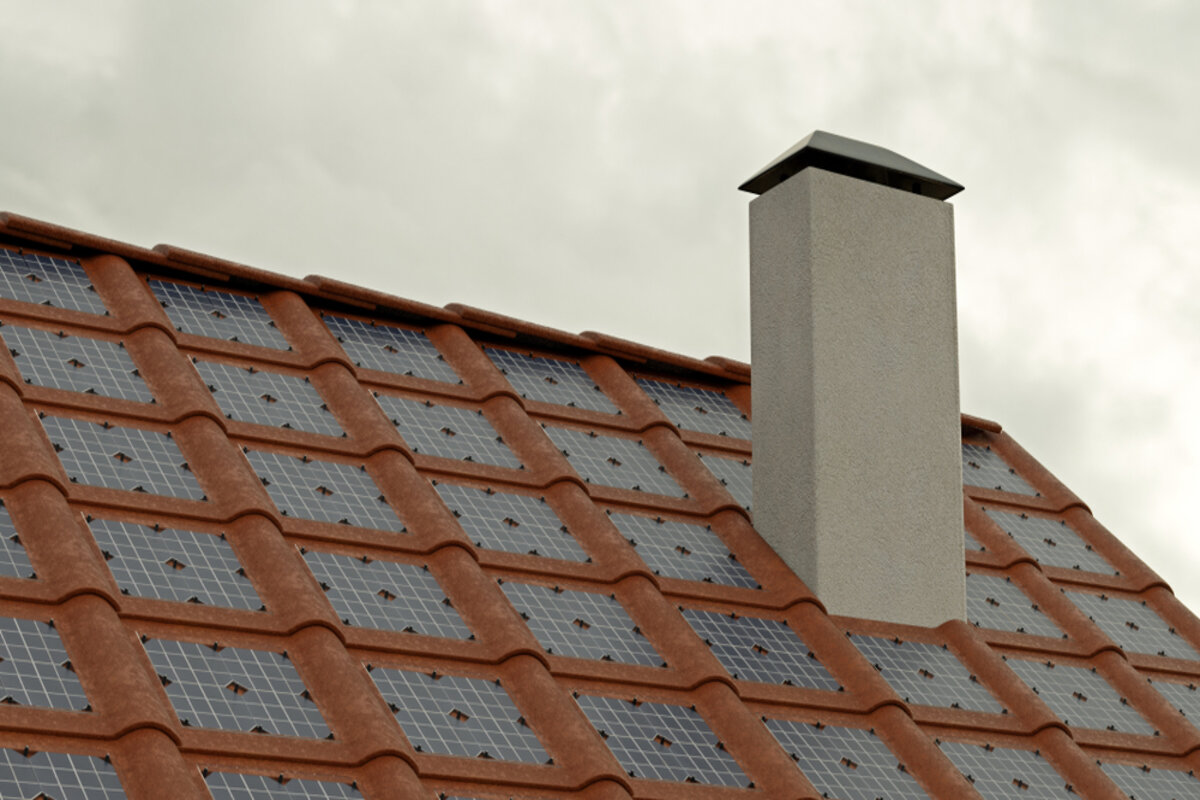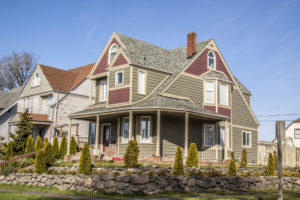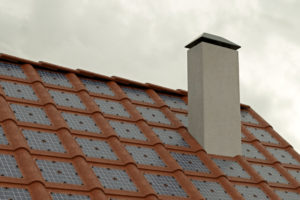When it comes to selecting residential roofing services, a lot of homeowners are preoccupied with what type of shingles they’ll get. And that’s perfectly understandable! Your shingles play a big role in protecting your home, as well as in expressing your personal style.
However, shingles aren’t the only part of what makes up a good roof. In reality, it’s a multifaceted and complicated structure specifically engineered to keep you and your home safe. No wonder roofers go through so much training!
On a more practical note, understanding your roof as a whole is of the utmost importance if you want to properly maintain it—so Perfect Exteriors, your Monticello exterior contractors, is here with a brief tour guide below.
Roof Deck
No matter if you have asphalt roofing or cedar shake roofing, every roof out there will have a roof deck. Sitting just above your attic and the rafters inside, it’s typically composed of long sheets of plywood which are generally around a half an inch thick.
From a functional standpoint, the roof deck serves as a sturdy reinforcement to the rest of the roofing structure. It also serves as the stuff which roofers nail their shingles to. Without it, there’d be no shingle-style roofing to speak of!
Underlayment
While your roof deck is physically tough, all wood shares one common enemy: water. Left with only a single layer of protection—your shingles—the area beneath thus becomes quite vulnerable to decay and mold alike. That’s why any good roofer puts quite a bit of thought into what’s called the underlayment!
The underlayment is a thin membrane that is laid on top of your roof deck and, being relatively water-resistant or even waterproof, it protects it from inclement conditions. This membrane can be made of synthetic materials or, more traditionally, felt.
While the roofing underlay is put down in swaths along the decking, specially made and similar-looking materials, called ice and water barriers, are used as extra reinforcement along eaves, walls, valleys, and the like.
Roof Vents
Surprisingly, most roofs aren’t exactly airtight! In fact, they need ventilation, as it helps to prevent mold problems. You can often see roof vents from the outside of your home. Undereave vents, for example, are located—go figure—under your eaves.
Perfect Exteriors: Your Five-Star Home Exterior Contractors
No matter if you’re in need of siding, roofing, windows, or anything in between, we’ve got one team of experts who do it all. Give our Monticello office a call today at 763-271-8700.
